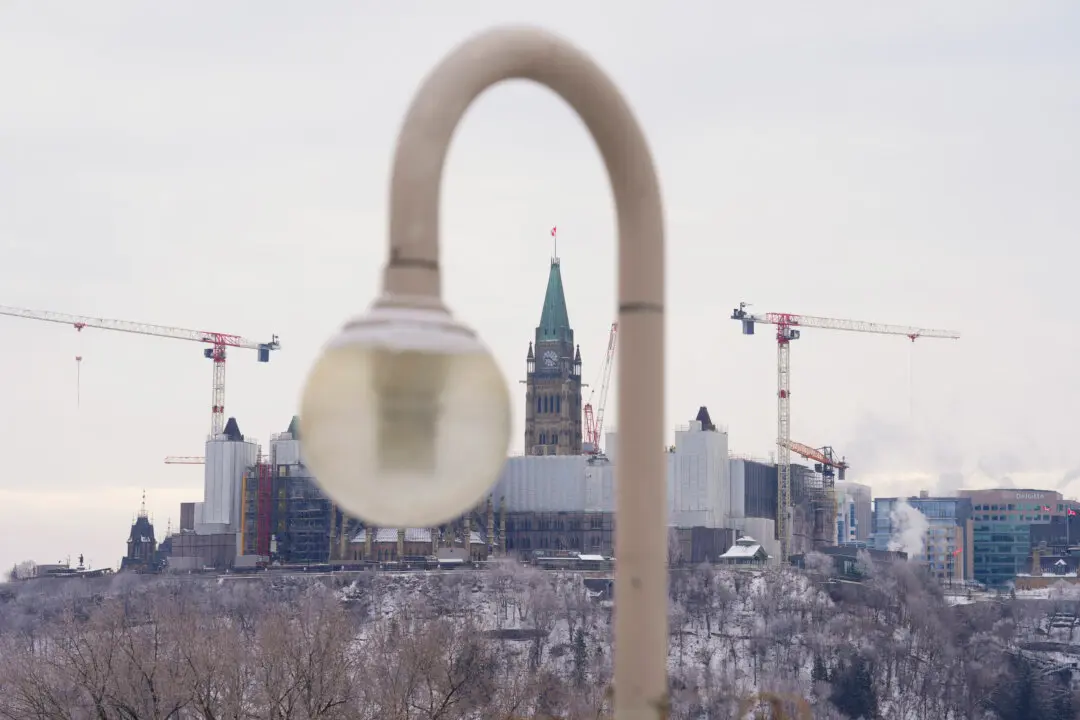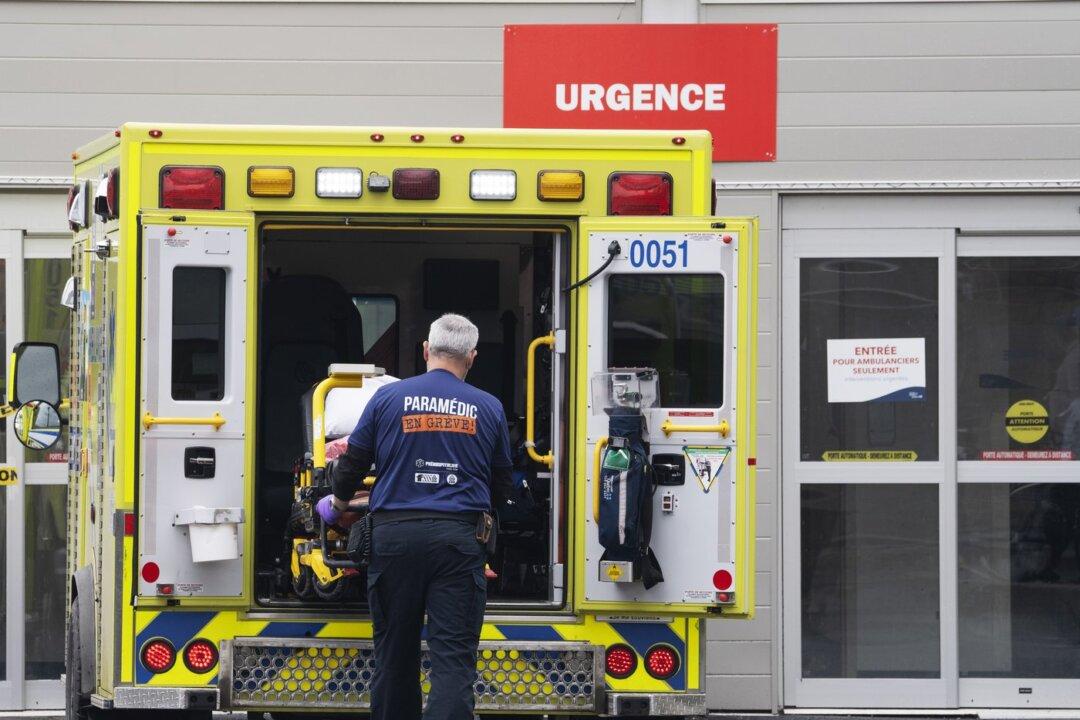The modernization of Parliament’s Centre Block is within budget so far, but the federal government needs to do a better job at making up their minds before major construction begins, the federal auditor general says in a new report.
Karen Hogan warns in a report released Monday that if decision-making remains fragmented, it could lead to construction delays—and more costs for taxpayers.





